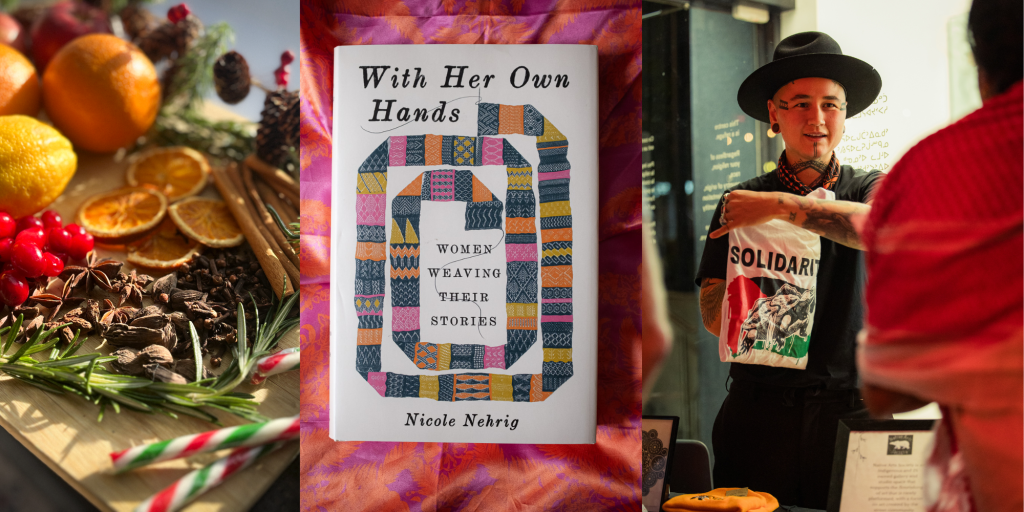Fostering gender equality in emergencies
Written by Sarah Rooney, Oxfam Canada’s intern and 3rd year law student at University of Ottawa.
As we see the poignant images coming out of Nepal’s catastrophic earthquake, it’s important to remember those who often remain invisible in such disasters. Historically, women and children are the most marginalized survivors, as their needs become subordinate to what are deemed more pressing demands.
As in other parts of South Asia, women in Nepal face discrimination, inequality, and violence.1 Civil society organizations have recognized that, due to Nepal’s “traditional feudal mentality and patriarchal society,2” gender equality is often limited to government policy papers or formal legal rights that have yet to be actualized in practice. Gender-biased attitudes frequently exacerbate the difficulties facing vulnerable women in disaster zones.
As refugees arrive at camps in the Kathmandu Valley, Oxfam teams are on site, assessing needs with a gender-sensitive methodology and coordinating relief efforts with other agencies in Nepal. Oxfam is working with the United Nations World Food Program (WFP), the Food and Agriculture Organization (FAO) of the United Nations, the Red Cross, and Save the Children Fund (SCF) to distribute temporary shelter materials, food, drinking water, hygiene kits, and sanitation services.
Reports from the Kathmandu Valley tell us that pregnant women nearing childbirth lack access to medical care, since resources are now concentrated on treating the injured. Breastfeeding mothers also lack sufficient nutritional resources to provide for nursing children as food supplies dwindle. Unmet needs for basic dignity and personal privacy deeply affect women and girls who have been displaced from their homes. Internally displaced women have specifically requested private spaces for washing and bathing in the camps or remote villages they currently inhabit: Women have specific sanitation needs that require a particularly sensitive response. Oxfam workers are addressing these concerns by providing sanitation services to survivors and referring them on where necessary, to those with the expertise and training these women require.3
In addition to the health and privacy needs of those affected by Nepal’s devastating earthquake, increased violence against women and girls is a sadly common concern in natural disasters, wherever they occur. When both formal and informal social structures break down in the wake of such disasters, gender based violence frequently increases. Violence against women in these contexts often takes the form of sexual assault or physical violence, but can also include psychological violence and abuse.
Oxfam is committed to fostering gender parity through its humanitarian work and has adopted 16 minimum standards designed to increase women’s participation, dignity and empowerment to prevent violence against women.4
Oxfam seeks to improve protection for Nepalese women and girls. Oxfam upholds a zero tolerance policy for sexual exploitation and abuse of aid recipients, and will ensure all staff are aware of this.
Sources
[1] UN Women, Mapping Progress on Women’s Rights in Nepal, December 2014, online: https://un.org.np/sites/default/files/2015-03-10-mapping-progress.pdf
[2] GoN and UNCT Nepal, Nepal Millennium Development Goals Progress Report 2013, September 2013, p. 35 (MDG Report).
[3] Ibid.
[4] Oxfam Policy Note “Violence Against Women and Girls in Emergencies” November 2013, online: //www.oxfam.org/sites/www.oxfam.org/files/hpn-violence-women-girls-emergencies-291113-en.pdf

